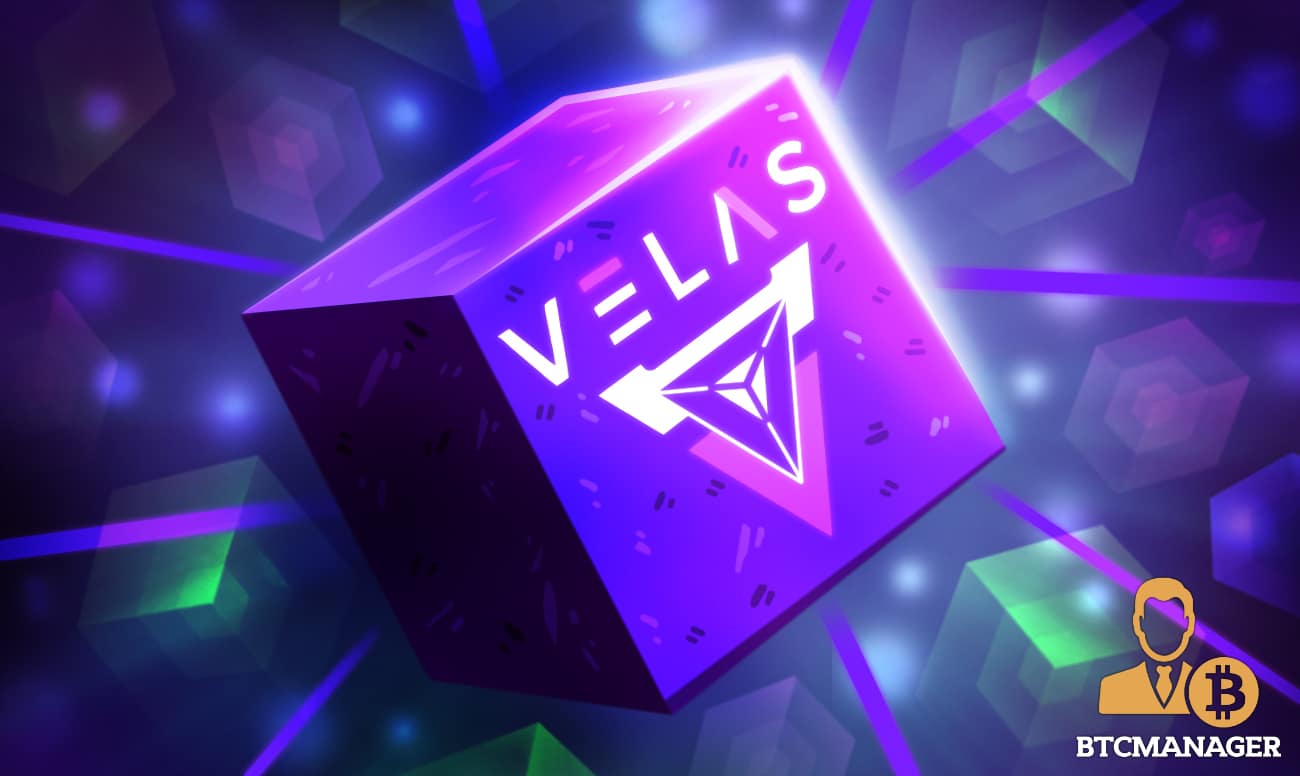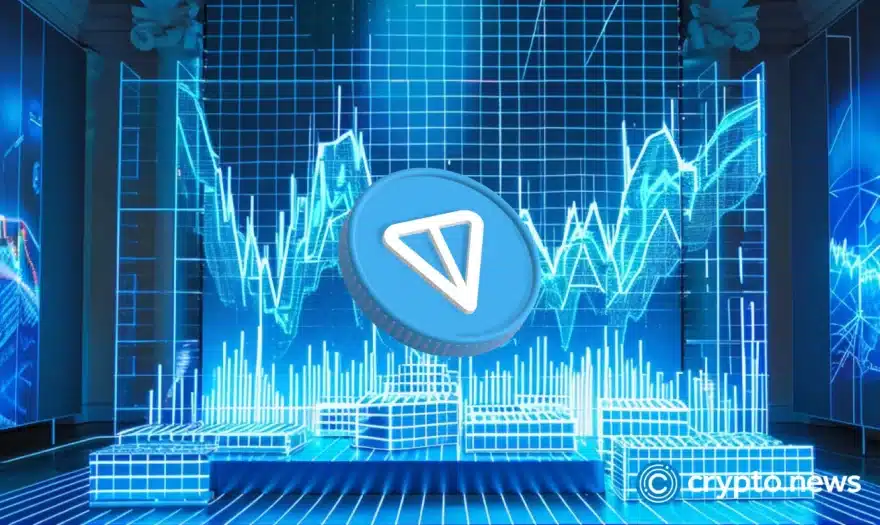Is This the First Blockchain To Really Compete with Visa?

Ever since Bitcoin’s scaling woes first became apparent, the blockchain industry has been set to the task of building a more efficient system that can achieve the level of scaling necessary to compete with legacy payment systems, like Visa.
Currently handling an average of 20,000 simultaneous transactions per second (tps), the Visa payment system is widely considered to be the benchmark a blockchain-based cryptocurrency needs to exceed to be capable of truly massive scaling and global adoption. But until recently, even the most advanced platforms still fell short of his mark.
With the introduction of Velas, the world’s first autonomously evolving blockchain, the industry now has a platform that can truly compete with Visa. But before we learn how it works, let’s take a look at the scaling problem at it stands.
The Scale of the Problem
Right now, the vast majority of blockchain platforms are only capable of processing somewhere in the order of 5 to 120 tps. This ranges from as little as 6-8 tps for Bitcoin, 10-14 tps for Ethereum, and around 100-116 tps for Bitcoin Cash.
Other, newer platforms like Tron and EOS have a maximum throughput of around 2,000 tps and 4,000 tps respectively, making them far faster than first-generation blockchains like Bitcoin, but still massively lower than the 20,000 tps needed to compete with Visa.

Ethereum has seen its tps gradually improve in recent years — albeit very slowly (Image: Blockchair)
In order to be truly capable of processing transactions on the scale of the Visa, a blockchain needs to be capable of not only handling at least 20,000 simultaneous transactions, but it also needs to achieve transaction finality within seconds — all while retaining the same security and decentralization users expect from blockchain-based platforms.
Though a wide variety of second-layer scaling solutions have been proposed, such as Bitcoin Lightning Network, Ethereum’s Raiden Network, and various sidechain solutions — like Blockstream’s liquid sidechain and Ethereum Plasma child chains, none have yet been able to demonstrate the right mix of scalability, security, and decentralization.
As a result, development for these options has either stalled or uptake among the community has been slow — while some have even argued that blockchain technology simply cannot scale, and that an alternative decentralized technology like a directed acyclic graph (DAG), may represent a better path ahead.
The Velas Solution
One of the major reasons most popular blockchains still haven’t significantly improved their scaling despite being operational for years comes down to the pace of innovation and upgrades they see — which is incredibly slow for most platforms.
For example, in order for new upgrades to be applied to the Bitcoin network, a majority of Bitcoin miners need to approve the changes as they are laid out in a Bitcoin Improvement Proposal (BIP). This process can take months or even years, while truly drastic updates — like the type needed to achieve mass scaling — can lead to a schism in the community resulting in a chain split when a significant group of miners reject the proposal.
To overcome this issue, Velas — an ultra-high throughput blockchain — utilizes an industry-first self-learning and self-optimization approach, allowing it to constantly improve over time, without requiring any contentious major upgrades that could split the community. To achieve this, Velas uses artificial intelligence to constantly enhance its unique consensus algorithm (known as Artificial Intuition Delegated Proof of Stake) and uses neural networks to calculate the optimal rewards for node operators and block discovery time to maximize throughput while maintaining security against attacks.
This system enables Velas to achieve and sustain an industry-leading 30,000 tps — eclipsing the throughput offered by both all major cryptocurrencies and Visa.
Since Velas is capable of supporting smart contracts and decentralized applications (DApps), it is uniquely positioned as an alternative to Ethereum — the blockchain which currently hosts the great majority of DApps. Capable of maintaining more than 2,000x more concurrent transactions than Ethereum, developers will be able to build massively scalable DApps that appeal to both regular and institutional users using Velas.
As a result, Velas provides an incredibly flexible solution for developers looking to build smart contracts and DApps with the capacity to support potentially millions of users without buckling under the load.
For the first time, this could mean firms that were once skeptical of the utility and benefits of blockchain technology, might now be inclined to launch their products and services on the blockchain, potentially heralding the next wave of adoption for the industry.













